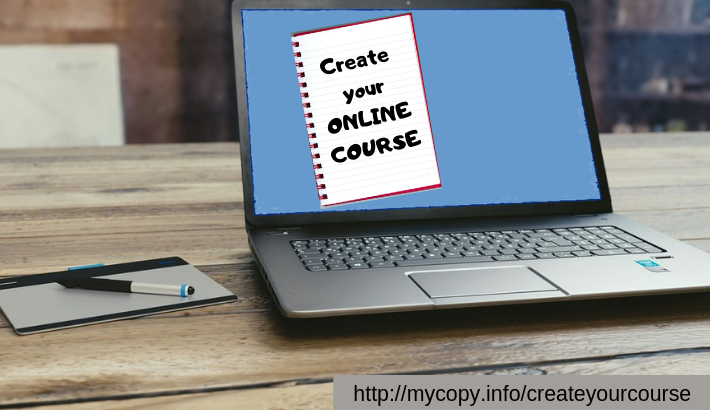
Back when storytelling became a buzzword, lots of articles would urge business people, “Become a great storyteller.”
We’d see lots of articles and books about the art of storytelling.
It was all very serious…like learning a new skill.
But I started using stories right after I learned copywriting. At first, I’d ask clients to tell me their success stories. Then I’d write the copy.
Very occasionally I’d open with a client’s personal story. Or I’d add an Origin story (“why I started my company”) to the About page.
What I learned from studying copywriting was, “It’s all about the customer. Nobody cares about you, the copywriter.”
And I realized that anytime you write for the customer, you’re writing copy.
Therefore, by pure logic, your story is part of the copy.
Now I like to say that storytelling is the most important tool in the copywriter’s tool box.
You choose the words carefully You talk about power words.
So why not talk about power stories? Why not choose your stories even more carefully than your words?
So as you write your next bit of content, think about writing to the customer. But don’t begin with your story: begin with their backstory.
And then work with your 3 success stories.
Use the other tools of copywriting: the opening, bullets and phrases.
I personally think the distinction between “copy” and “content” is overrated. When you write a blog post, you’re marketing. You’re reinforcing your brand. You’re reaching the customer’s backstory.
And you’re creating a foundation they can use to make a purchase.
I have an excellent course to help you find the client’s backstory. That’s the backbone of your copy. Click here to learn more.
And I provide expert copywriting reviews when you click here. At the moment, you can claim half off the list price with the coupon code TWEAK50.





